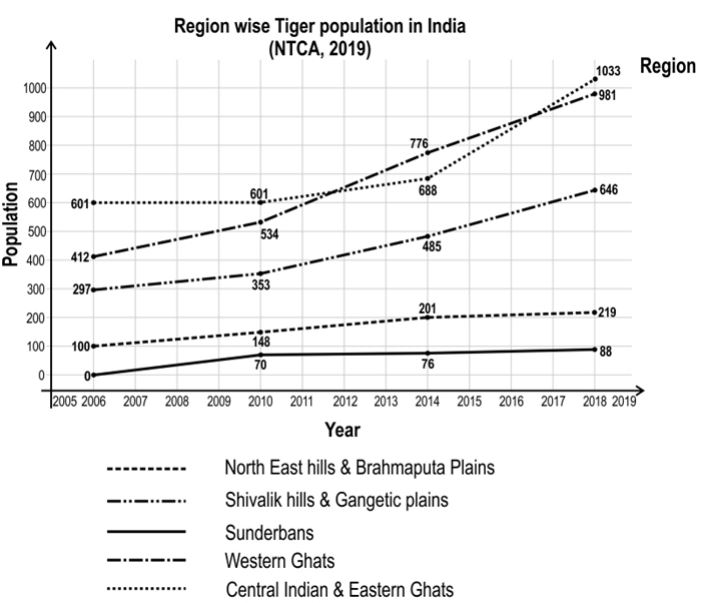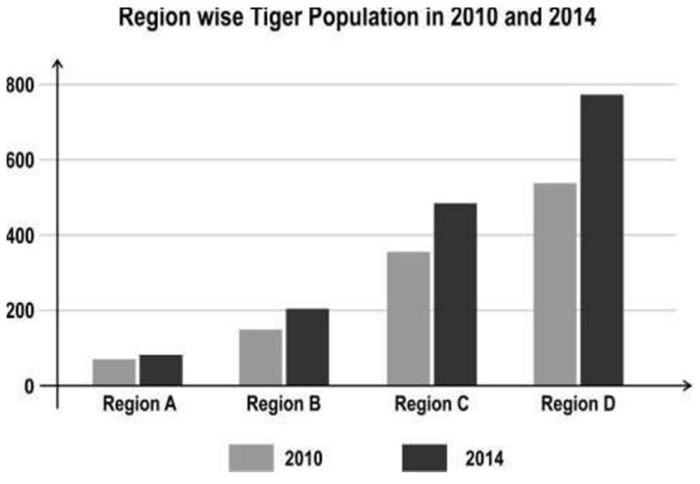Comprehension Passages Based Questions for Class 12: Reading unseen comprehension passages and answering the related questions forms a crucial component of the CBSE Class 12 English exam. In Section A of the English question paper, students are required to answer two passage-based questions designed to evaluate their reading comprehension skills, including their ability to understand, interpret, and analyze texts.
There will be two types of passages:
1. One unseen passage to assess comprehension, interpretation, analysis and inference. Vocabulary assessment will also be assessed via inference. The passage may be factual, descriptive or literary. (12 Marks)
2. One unseen case-based factual passage with verbal/visual inputs like statistical data, charts etc. to assess comprehension, interpretation, analysis, inference and evaluation. (10 Marks)
Students can easily secure full marks in this section through regular practice, careful reading, and thorough comprehension of the passages. Here are the CBSE Class 12 Comprehension Passage Based Questions released by the CBSE Board for CBSE Class 12 Board Exam 2024-25. These questions are important for effective preparation and improving performance in the exam.
Also Check CBSE Class 12 Writing Section Formats and Practice Questions 2024-25
Download all questions with answers below:
CBSE Class 12 Reading Comprehension Questions with Answers 2024-25
Q. Read the passage given below and answer the questions that follow.
An Increase in the Tiger Population in India
The fourth quadrennial report on the status of tigers released by the Government of India revealed that the number of tigers in India increased by 74% between 2010 and 2018, and by more than 33% between 2014 and 2018. (1)
Certain methodological changes along with tiger conservation programmes have contributed to the increase. The tiger population has been estimated in three phases, wherein phase three made extensive use of camera traps. The 2018 data has been lauded since 83% of the tiger population was individually camera trapped. Additionally, in this data, all tigers above the age of one have been included while in all the previous surveys (in 2010 and 2006), only tigers above 1.5 years of age were included. (2)
The estimate of tiger population may not be accurate owing to the limitations in counting the highly secretive carnivore. Hence, the survey provided not a specific number but the range of tiger numbers i.e., between 2,603 and 3,346. This data has a possible error of 14%. Currently, India is home to 75% of the global tiger population. (3)
To estimate the tiger population pragmatically (since tigers keep moving within forests and are not restricted to any one state), India’s states have been classified into five different regions: Shivalik Hills and Gangetic plains, North East Hills and Brahmaputra Plains, Sunderbans, Central India and Eastern Ghats, and Western Ghats. The graph shows the region‐wise distribution of India’s tiger population. (4)
Q. Which of these is the meaning of the word ‘lauded’ in paragraph 2?
A. praised
B. replaced
C. controlled
D. completed
Q. Why is it a challenge to accurately estimate the total number of tigers present?
A. People who are skilled at estimating without errors are few.
B. Tigers are difficult to be spotted since they are good at hiding.
C. Tigers are dangerous since they are prone to attacking humans.
D. People find it difficult to keep up with the fast growing number of tigers.
Q. The graph given below represents the status of tiger population of four different regions in India in 2010 and 2014. As per the passage, which of these regions does region A represent?
A. Sunderbans
B. Western Ghats
C. Shivalik Hills and Gangetic Plains
D. North East Hills and Brahmaputra Plains
Q. Which of these factors contributed to the increase in the number of tigers in the fourth quadrennial report?
(i) programmes designed to protect tigers
(ii) a change in the category of tigers considered
(iii) an improved methodological design to spot tigers
(iv) a change in the total number of tigers above the age of one
A. only (i) and (iii)
B. only (iii) and (iv)
C. only (i), (ii) and (iii)
D. only (ii), (iii) and (iv)
Q. Based on the graph given, which of these regions showed a trend different from other regions between 2006 and 2010?
A. Sunderbans
B. Central India and Eastern Ghats
C. Shivalik Hills and Gangetic Plains
D. North East Hills and Brahmaputra Plains
Q. Which of these does the phrase ‘wildlife trafficking’ in paragraph 5 refer to?
A. organized relocation of endangered wildlife to their natural habitats
B. illegal gathering, transportation and distribution of protected wildlife
C. continuous tracking of wildlife using modern monitoring technologies
D. excessive crowding of wildlife in a particular area due to mismanagement
.
.
.
To check all questions and answers, visit the following links:
Also Check
NCERT Books for Class 12 English
NCERT Solutions for Class 12 English - All Chapters
CBSE Class 12 Video Courses and Mock Tests
Students can prepare for the CBSE 12th Class Board Exams effectively by learning from the CBSE video courses provided by Jagran Josh. They must also attempt the mock tests to assess their understanding of the concepts and prepare well for the upcoming exams. Click on the image and revise faster and better with expert-designed video courses and online tests.


Comments
All Comments (0)
Join the conversation